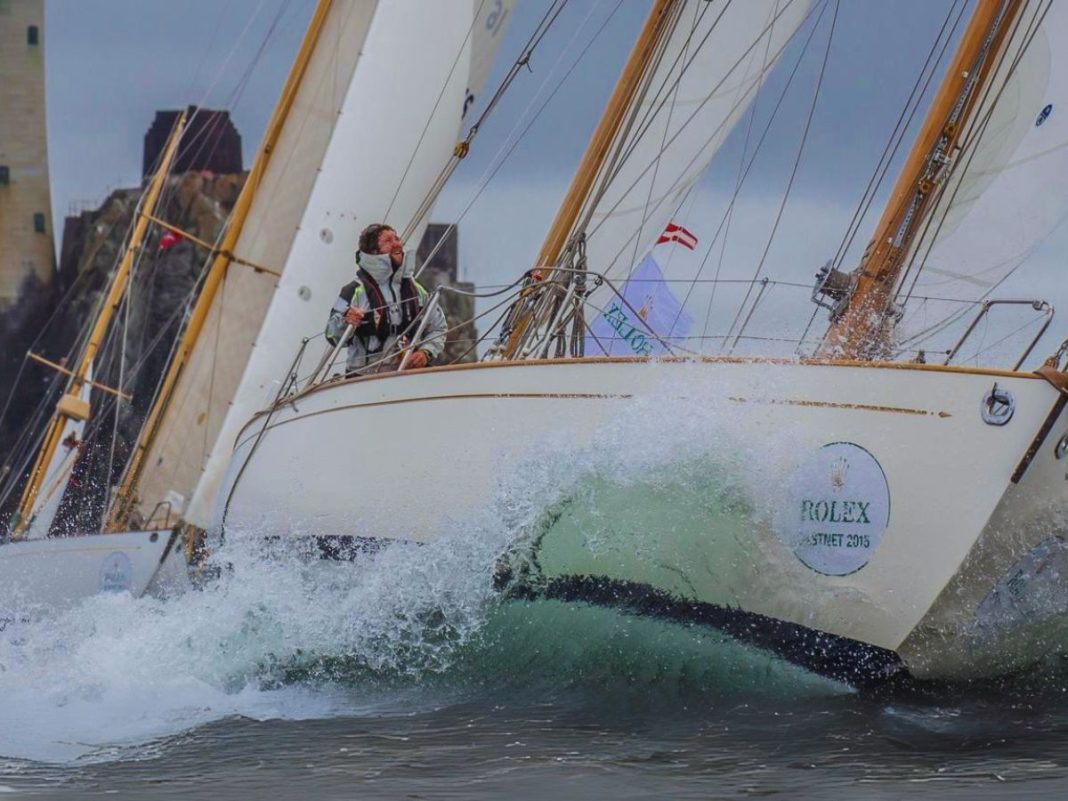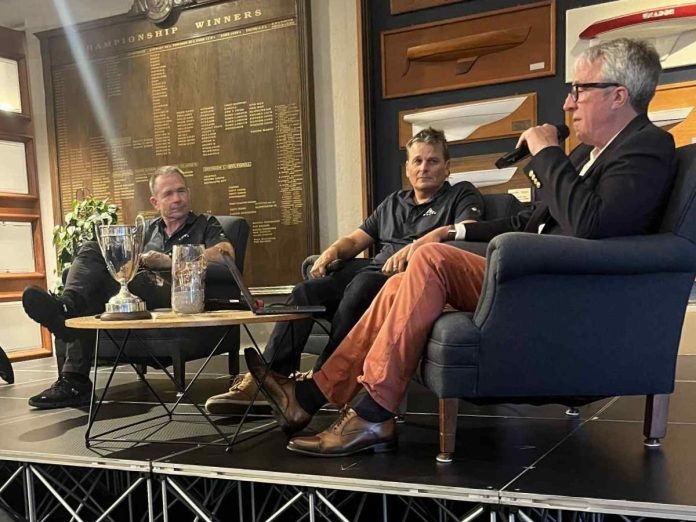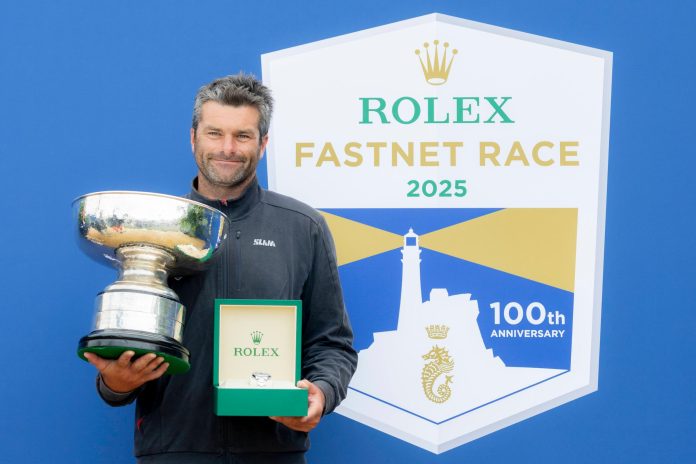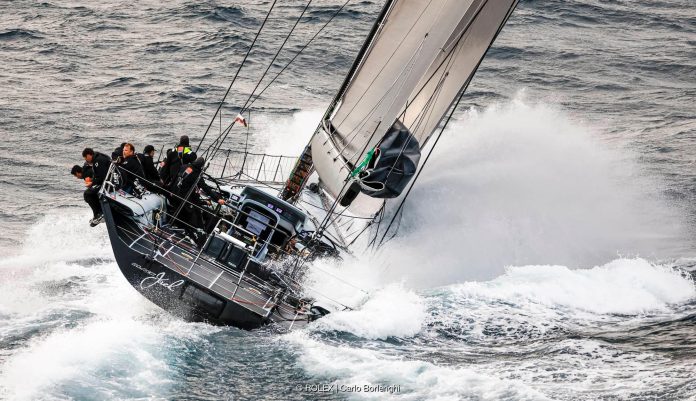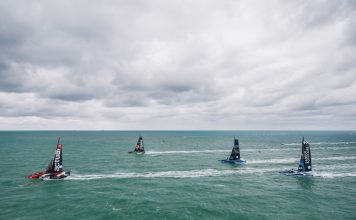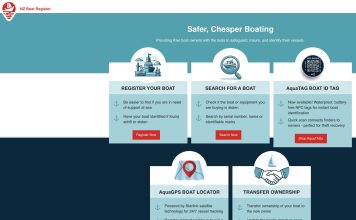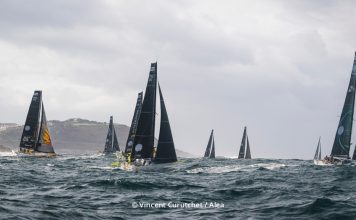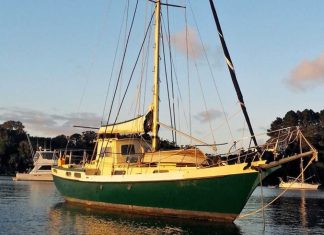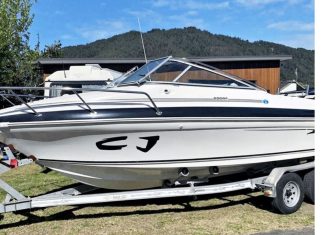One hundred years ago, seven yachts left Cowes on a bold, uncertain course. The 1925 Fastnet Race, sparked by Weston Martyr’s ambition and a postwar thirst for challenge, launched more than a sailing event. It created a legacy.
Then, it was considered madness—crossing open sea in converted cruisers and pilot boats. Yet from that moment, the Royal Ocean Racing Club was born. Offshore racing had found its spiritual home.
Fast forward to today, and the Rolex Fastnet Race is the world’s largest offshore sailing event. The race that once drew scepticism now commands global respect.
From seven boats to hundreds – how the race grew
At first, growth was slow. Fewer than 30 boats entered before the Second World War. But after the war, things accelerated.
New boat designs emerged. The Admiral’s Cup arrived in 1957 and turbocharged international rivalry. By the 1970s, entire nations built boats specifically for Fastnet glory. Prime Minister Edward Heath even steered the UK to victory in 1971.
Then came 1979. A violent, unforecast storm devastated the fleet. Fifteen sailors died. Twenty-three boats were abandoned. It became the largest peacetime rescue in British history.
Tragedy brought reform. Safety standards changed. Forecasting improved. Boat design, crew preparation, and emergency response all evolved. The race became safer—but no less demanding.
By 2011, entry numbers finally surpassed the 303 boats of 1979. When Rolex became title sponsor in 2001, the event’s global profile soared again.
Now in 2025, it’s a pilgrimage
This Saturday, 26 July, over 460 boats will set sail from Cowes. Their destination: the legendary Fastnet Rock and the finish line in Cherbourg.
The race covers 695 nautical miles. It passes tidal traps, fog-prone headlands, and unpredictable Celtic weather. Yet sailors keep coming back. Why? Because this isn’t just about results. It’s about legacy.
From 100-foot carbon racers to family-crewed classics, the Fastnet draws every type of sailor. Among the fleet are Ultim 32s, Class40s, IMOCAs, and doublehanded entries. More than 19 countries are represented. Crews come from 41 nations. The youngest sailor is 14. The oldest, 81.
There’s also history afloat. Boats like Dorade, Stormy Weather, Crusade, and Bloodhound return as living reminders of racing’s past. New Zealand’s Caro, a modern machine and 2023 winner, is back to defend her title.
The Admiral’s Cup raises the stakes
For the first time in over two decades, the Admiral’s Cup is back. Once yachting’s most prestigious international series, it now culminates with the Fastnet Race.
Fifteen yacht clubs—including the Royal New Zealand Yacht Squadron—have entered two-boat teams. These are professional campaigns, filled with Olympians, America’s Cup veterans, and offshore legends.
But the pressure is shared by all, including military teams like the Royal Engineer Yacht Club (REYC). They’ve raced every Fastnet since 1925. This year, they return with the J/109 Trojan.
“There’s a lot of pressure because of the centenary,” says REYC skipper Andrew Motion. “Whatever happens—hell or high water—we’ll be on that start line.”
Records, rivals, and reasons to watch
The entry numbers in 2025 are staggering. Already, 464 boats have entered. Of those, 407 are IRC rated—a new record. Top prize remains the Fastnet Challenge Cup, awarded to the best-performing IRC yacht.
Scratch boats like Black Jack 100 and SHK Scallywag headline the fleet. But IRC rules mean a 30-footer can still beat a 100-footer. In fact, past winners range from the Nicholson 33 Iromiguy to the VO70 Wizard. Again, my money (so to speak) goes on Admiral’s Cup entries Callisto and Beau Ideal. But the Ultims (who are not racing as part of the Admiral’s Cup)—one with Kiwi sailing star, Peter Burling on board—are looking fast and dangerous.
And then there are the sub-battles: 18 JPK 1010s, 17 First 40s, 16 Sun Fast 3200s, and even schoolboats like Fulmar Fever from Ireland.
Every corner of the offshore racing world is represented—from Armel le Cléac’h onboard Banque Populaire to amateurs racing their first Fastnet in a 40-year-old Contessa.
All eyes on Cowes this weekend
As the start nears in three days time, Cowes is buzzing with anticipation. The Admiral’s Cup will feature a few more inshore races. These almost-training runs before the Fastnet will prove crucial to the Admiral’s Cup teams. There’s a palpable tension in the air—but also excitement.
After a century of evolution, the Fastnet Race is still growing. It remains a crucible for seamanship, strategy, and endurance. Each edition brings new boats, new stories, and new challenges. Yet its soul remains unchanged.
This Saturday, hundreds of hulls will slice through the Solent, past The Needles and into open sea. One hundred years on, the same wind fills their sails. The same ambition drives them forward.








